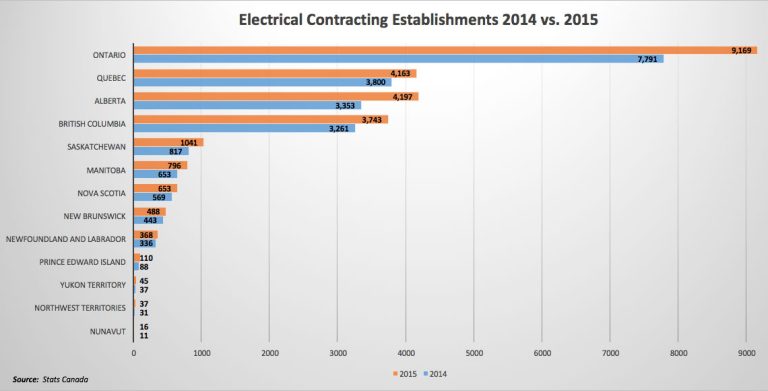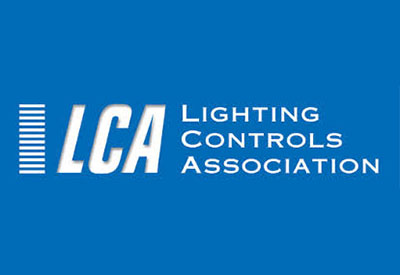Road Map for Energy Efficient Equipment in the Building Sector

Oct 29, 2018
A series of aspirational goals for energy performance of key equipment technologies and market transformation needs appear in a report released at the Energy and Mines Minister’s Conference in August 2017 entitled Market transformation strategies for energy-using equipment in the building sector.* Federal, provincial and territorial governments are focusing their collaborative efforts on market transformation for residential windows, space heating and water heating since they offer significant opportunities to reduce energy use (over 35%) when next generation technologies are installed. This work is part of the Pan-Canadian Framework on Clean Growth and Climate Change
Over the last year, a series of stakeholder consultations were held to identify the barriers to market adoption of higher efficiency technologies needed to achieve the aspirational goals, and help develop this market transformation road map for windows, space heating, and water heating. The objective of this road map is to outline key initiatives that provide solutions to the market barriers identified, as well as their respective timelines, roles and responsibilities for each stakeholder group, and indicators to track success over time.
The road map serves as a basis for collaborative government-stakeholder activities between now and 2025. With its successful implementation, this plan will pave the way to broad market adoption of next-generation, clean technologies needed for a low carbon building sector.
The road map contains the following:
• Initiatives to address market barriers: the road map summarizes high priority initiatives to address key technical and market barriers for residential window, space heating, and water heating technologies given that each equipment technology has unique challenges in their respective market. Initiatives are grouped in the following seven steps: product development, lab and field testing, large-scale demonstrations, information and awareness, training, incentives, and codes and standards. The initiatives are also sequenced over time and mapped against the barrier they help overcome.
• Roles and responsibilities: while governments play a lead role in many of the initiatives because they have access to the tools, levers and resources required, lead and supporting roles are identified for other players. such as utilities, manufacturers, builders, contractors, research organizations, industry organizations, and codes and standards development organizations. Coordination and support from all players are essential to ensure sustained momentum in the market place.
• Tracking progress: as governments and stakeholders implement the road map initiatives, they must track the progress of each initiative in overcoming the technical and market barriers. These indicators could help governments and stakeholders understand whether the market is changing and adapt the initiatives as necessary to align with market needs.
As a next step, governments will launch small implementation teams this fall to flesh out the road map initiatives into more detailed work plans and engage the stakeholders that need to be part of each initiative’s key activities. This road map will be formally updated in five years, based on input from the implementation teams.
The role of space heating
Space heating represents 56% to 64% of the energy use in homes and buildings, and if today’s best technology were deployed broadly, total home energy use could be reduced by 30%, and GHG emissions could be lowered by 18 megatonnes.
Today, virtually all residential gas-fired heating equipment for sale are condensing technology (>90% efficiency), and 10% of sales of electrical systems are heat pumps. ong-term aspirational goals include having all space heating technologies for sale in Canada meet an energy performance of more than 100% by 2035.
Among the barriers are the following:
• few air-source heat pump products meet the 2025 performance goals, and none are sized for commercial buildings.
• there is no standardized test procedure to rate energy performance of air-source heat pumps, gas heat pumps and combination space and water heat pumps at low temperatures.
• engineering service providers, contractors, and building owners have limited experience and knowledge of the design, installation, commissioning and other aspects of advanced space heating systems. New technologies carry additional installation, operations, and maintenance requirements for contractors, design engineers, and building owners.
• high efficiency technology carries higher upfront costs, which could be a disincentive to adoption, especially for homeowners with a limited budget and building owners who do not pay utility bills. Low gas and electricity rates could also lead to unreasonably long payback periods.
Find out more, including high priority R&D and deployment initiatives identified through the road mapping process for electric heat pumps
* Available at: https://www.nrcan.gc.ca/sites/www.nrcan.gc.ca/files/emmc/pdf/Market-Transformation-Strategies_en.pdf
















